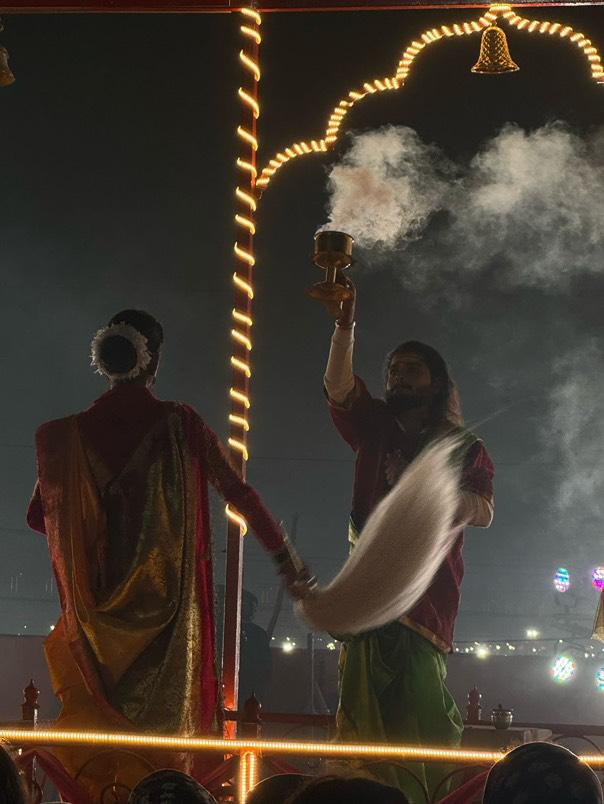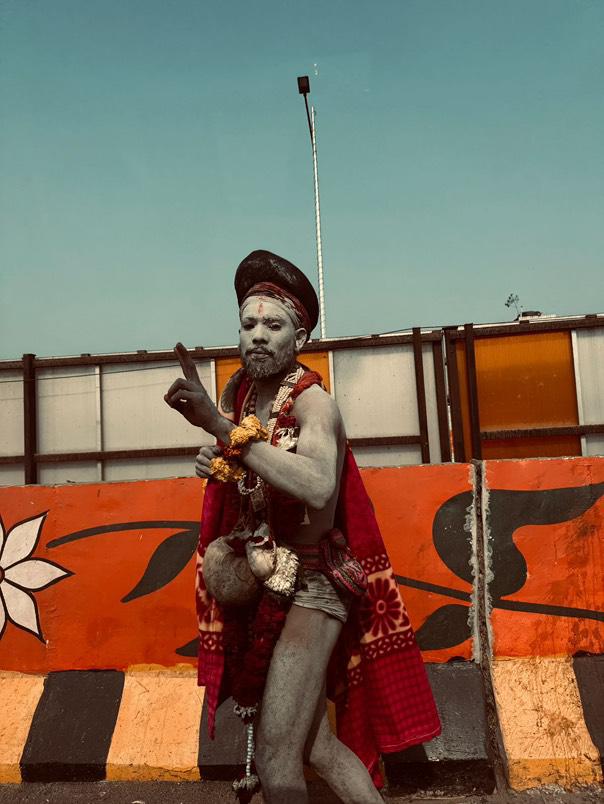As the Kumbh Mela 2025 begins, the sacred congregation in Prayagraj is shattering previous attendance records. Recent official releases from the Uttar Pradesh government indicate that the six-week-long event, running from Jan. 13 to Feb. 26, has already witnessed over 420 million devotees taking the holy dip as of February 7, with total attendance expected to exceed 500 million by the end of the event.

The surge in attendance demonstrates the enduring spiritual appeal of the festival, supported by enhanced digital registration and crowd management systems implemented this year. International participation has also increased, with approximately 150,000 foreign pilgrims expected to attend the event.
The Kumbh Mela, held every 12 years in four holy cities—Prayagraj, Haridwar, Ujjain and Nashik—has long been a cornerstone of Hindu spirituality. The 2025 Kumbh Mela is a Maha Kumbh, an even more significant event that occurs only once every 144 years. Devotees flock here to perform ritual bathing at the confluence of the Ganges, Yamuna and the mythical Saraswati rivers. This act of purification, believed to cleanse sins and bring spiritual liberation, remains the centerpiece of this millennia-old tradition.

In response to the unprecedented crowds, state authorities have implemented robust security measures. Approximately 50,000 security personnel have been deployed, alongside 2,751 CCTV cameras, including 328 AI-enabled cameras. A seven-ring security plan ensures participant safety, while the site can accommodate around 7 million people at any given time. The infrastructure includes 150,000 tents, 150,000 toilets and 25,000 dustbins. Mobile health clinics and an advanced digital ticketing system have all been rolled out to ensure a smooth and safe experience.
Environmental stewardship has taken center stage this year. Organizers have introduced comprehensive green initiatives, including a complete ban on single-use plastic. A dedicated force of 10,000 cleaning staff working in 850 teams maintains the site, while three temporary sewage treatment plants handle waste management. Solar power installations help meet energy needs, demonstrating the event’s commitment to sustainable practices.
However, the festival has faced challenges. A tragic stampede on Jan. 29, 2025, resulted in 30 fatalities, leading to enhanced safety measures including the cancellation of VVIP passes and stricter vehicle entry restrictions.

Beyond the logistical feats and record attendance, the Kumbh Mela 2025 remains a vibrant showcase of India’s cultural heritage. The festival’s multifaceted program includes spiritual discourses from renowned gurus, traditional music and dance performances, and exhibitions of local crafts. Together, these activities not only foster a deep sense of community but also highlight the rich tapestry of India’s diverse traditions.
As the festival progresses, the convergence of millions of devotees emphasizes the Kumbh Mela’s timeless relevance. In blending ancient rituals with modern technology and sustainable practices, this year’s gathering reaffirms India’s ability to honor its spiritual legacy while embracing contemporary challenges. For countless attendees, the event is a journey of renewal and introspection—a powerful reminder of the enduring bonds that unite people across cultures and generations.







